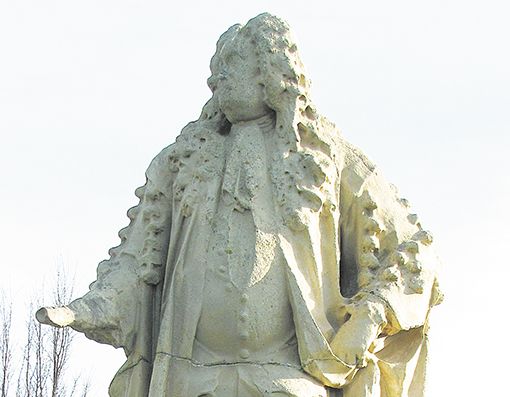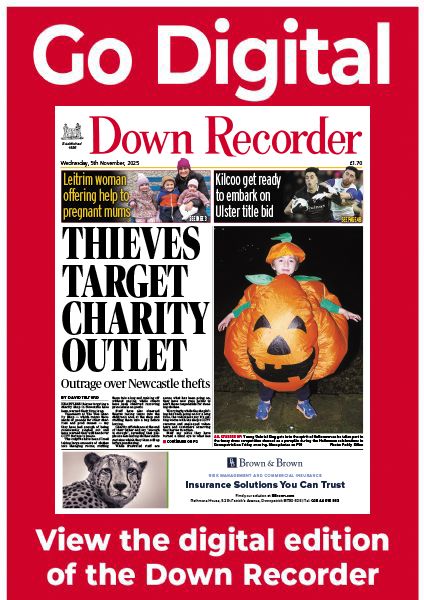Exhibition looks at the life and legacy of Sir Hans Sloane
Exhibition looks at the life and legacy of Sir Hans Sloane
1 September 2021

A FASCINATING new exhibition about Sir Hans Sloane has opened at the Down County Museum in Downpatrick.
The exhibition looks at the life and legacy of Killyleagh-born Sir Hans, whose collection formed the basis of the British Museum.
Newry, Mourne and Down Council chairwoman Cathy Mason said: “The idea was to bring communities from different backgrounds together to learn about the legacy of Hans Sloane and the development of museums, museum collections and diverse cultural traditions.
“It also increased awareness of cultural diversity and world cultures, generated awareness and debate about the role of collectors and museums in shaping Western ideas of other world cultures, examined attitudes to collecting and interpreting cultural artefacts from around the world in the past and today, and looked at ideas about cultural appropriation, encouraging participants to engage in active learning and produce their own learning resources.
She added: “This has been a very successful project, it has proved beneficial to all of those involved and will leave a legacy for the local community.”
Project facilitator Shirley Lennon, from Kenera Consulting, said: “The five colourful, informative panels produced from this project draw together interesting information on the life of Hans Sloane, as well as focusing on issues facing museums and current collections.
“The first panel takes Sir Hans Sloane and his early life in Killyleagh as a starting point, while the exhibition traces the roots of Hans Sloane’s collecting leading to the British Museum and beyond.
“The second panel emphasises how the natural environment of Strangford Lough inspired the young collector and ends with some intriguing local links in Sloane’s later life. It includes a copy of a letter offering the collector a stone from the Giant’s Causeway.
“The third panel tells the story of his visit to Jamaica and its life-changing impact with his marriage, increasing wealth, links to slavery and his growing collecting habit.”
Mrs Lennon said the exhibition did not shy away from the difficult issues raised.
“One panel addresses the issue of ‘Plundering or Preserving’ in his collecting and poses challenging questions facing museums and those who visit,” she said.
“I hope people will enjoy learning more about Sir Hans Sloane and find the exhibition interesting and thought provoking as they have the chance to reflect on the issues raised. It has been great to work on this project, especially with its community involvement.
“The most unusual aspect of the exhibition is the ‘Covid Cabinet of Curiosities’. This is a handmade cabinet containing items donated by course participants. The items chosen reflect on different aspects of life during lockdown and the pandemic in general.
“People felt, like Sir Hans, that we should collect things that later may be an important part of history. The comments describing the objects are catalogued just like Sir Hans might have done. Each object tells its own story from a handmade mask, a knitted hat to the top of a tonic water bottle.”
Participants of the course also produced the booklet ‘Plundering or Preserving: Sir Hans Sloane to Modern Museums’. It is full of articles tracing Sloane’s life, his collecting habits and even has a section drawing comparisons between Sir Hans’ life and the current Covid-19 pandemic.
The booklet draws on the strengths of the community participant,s with articles by Clive Scoular, local historian, on Sir Hans’ early years; a retired GP who wrote on his medical career; a retired botanist who wrote on the importance of Sloane’s Herbarium, and even personal recollections of a local librarian on a special visit to the Natural History Museum.
The booklet also includes participants’ comments and reflections on Hans’s role in the slave trade and debates over ethical issues facing museums.


